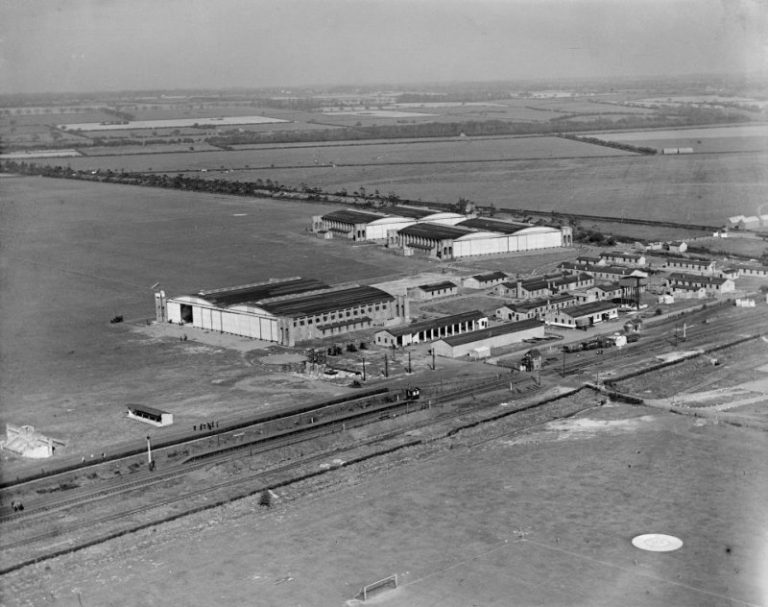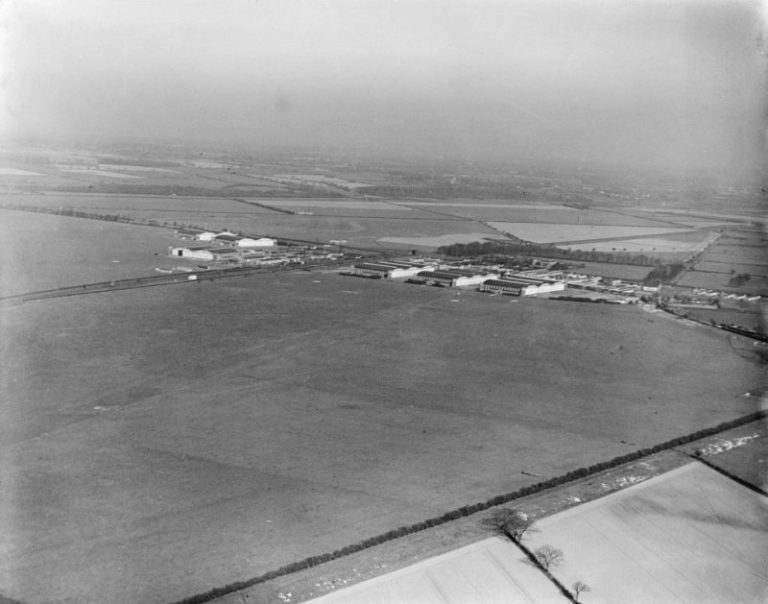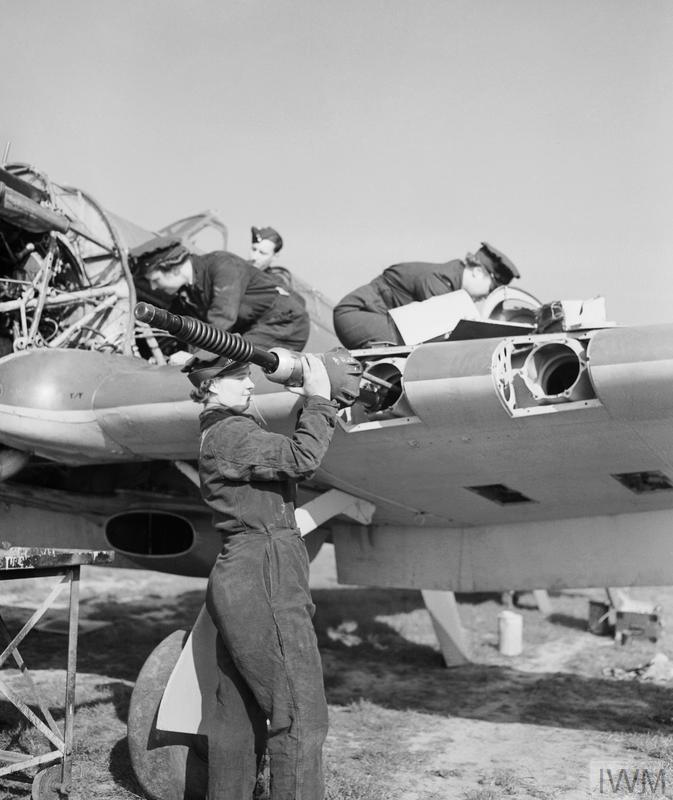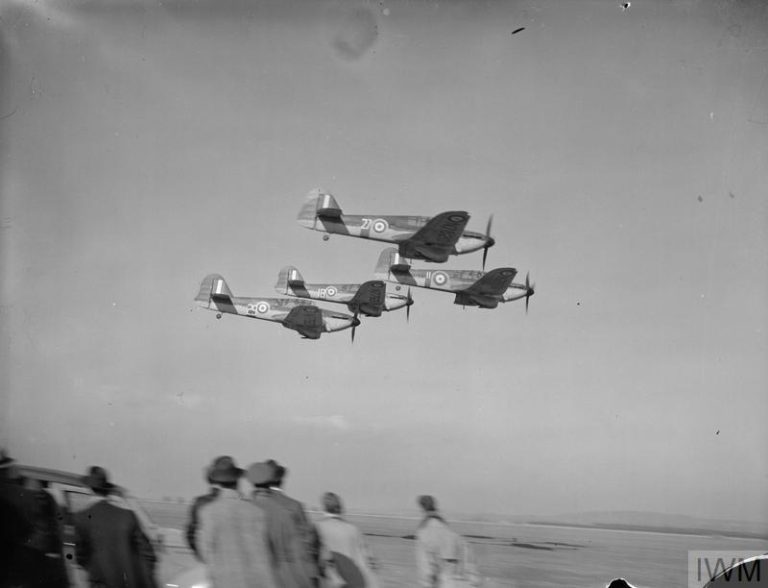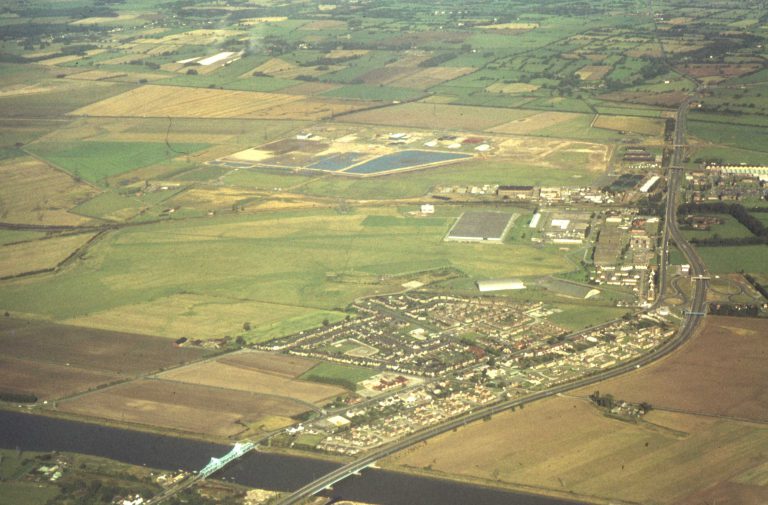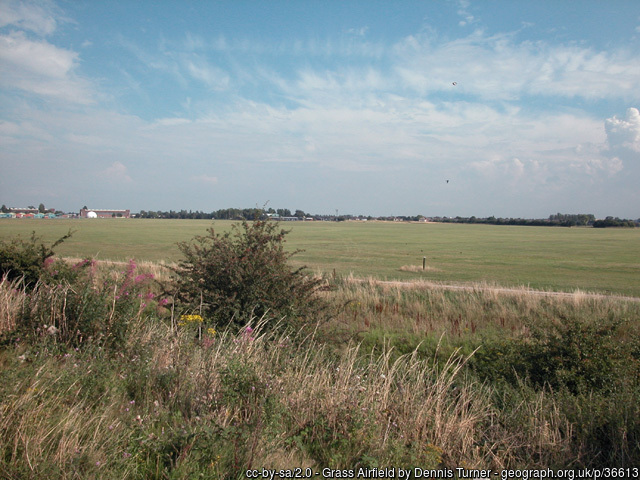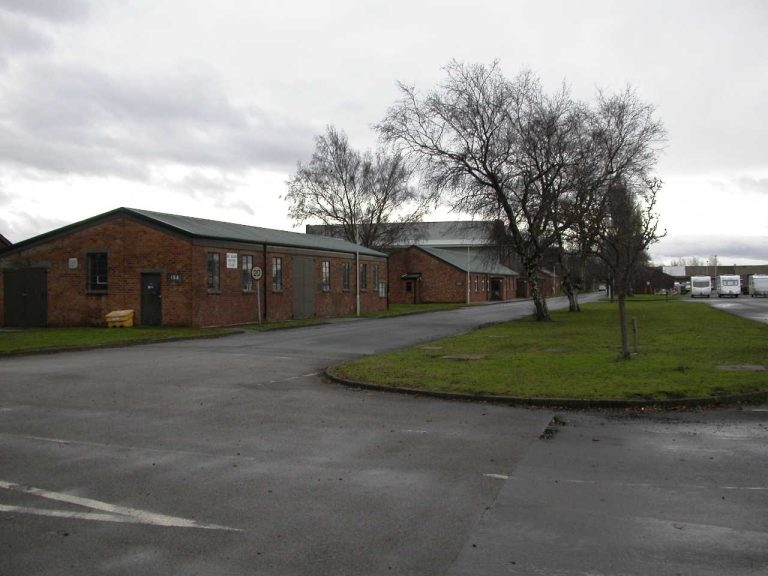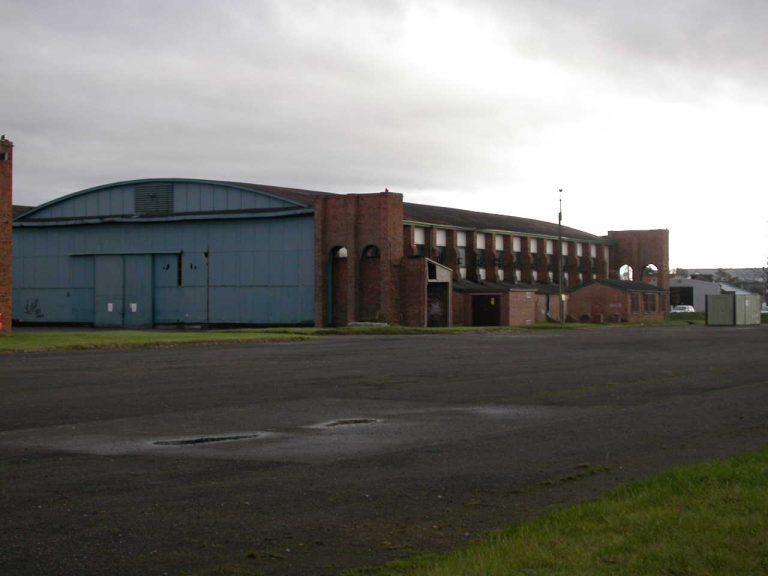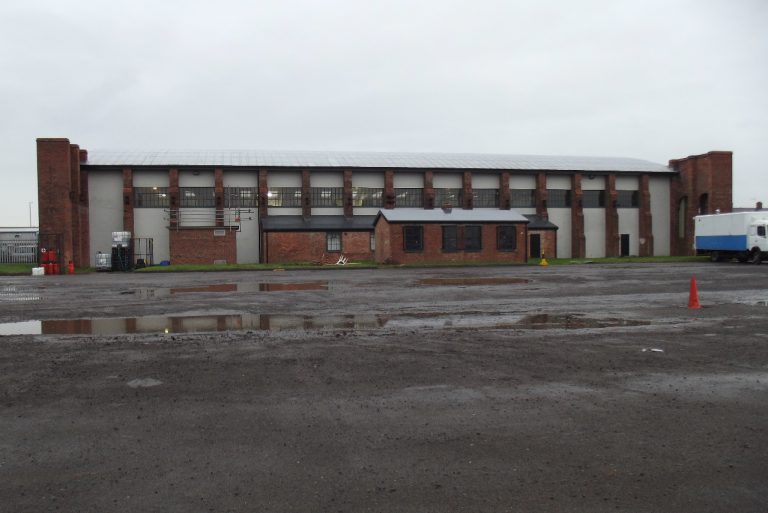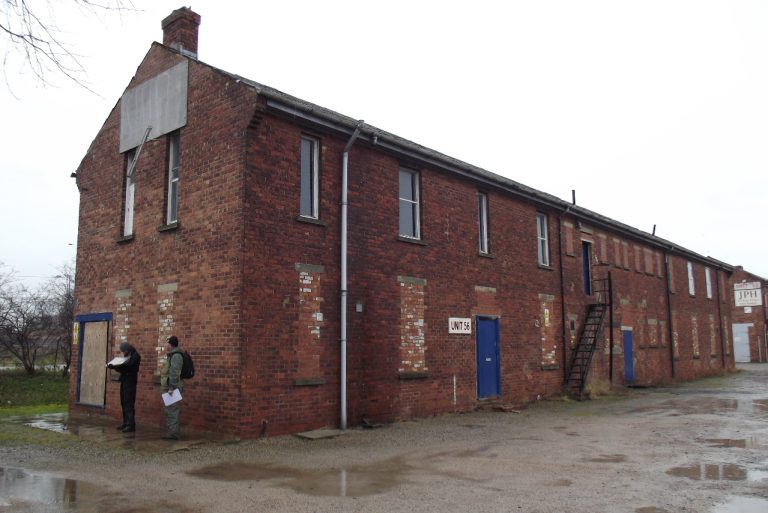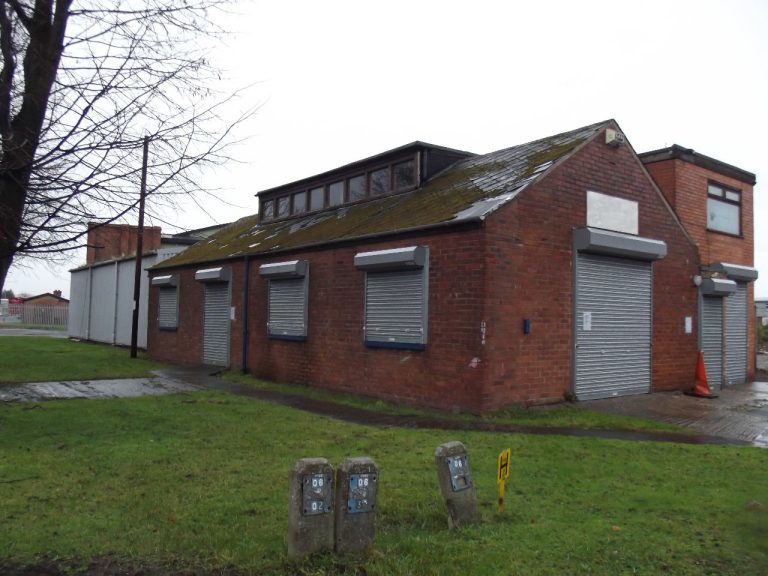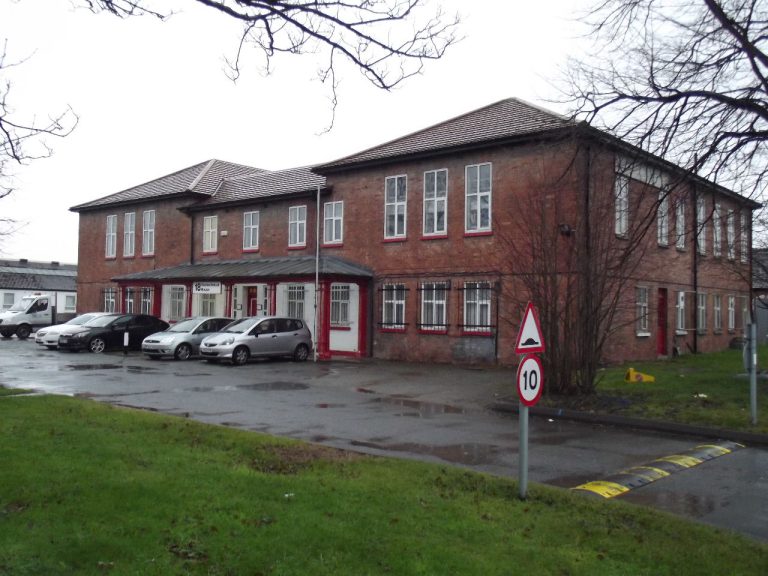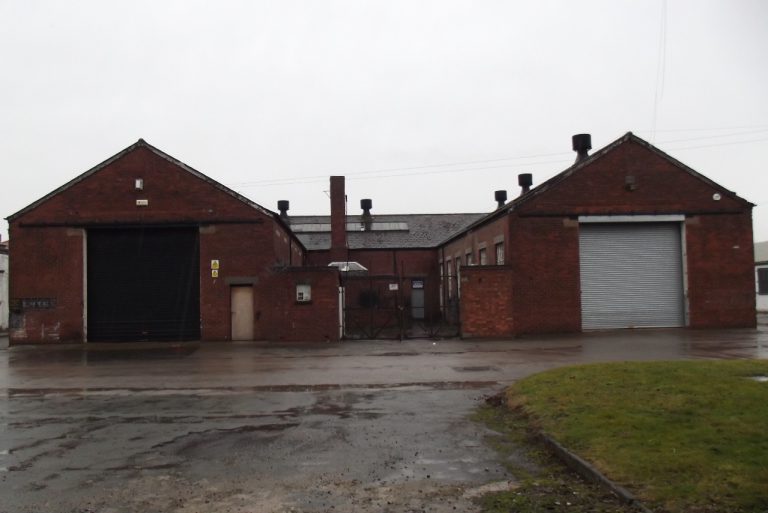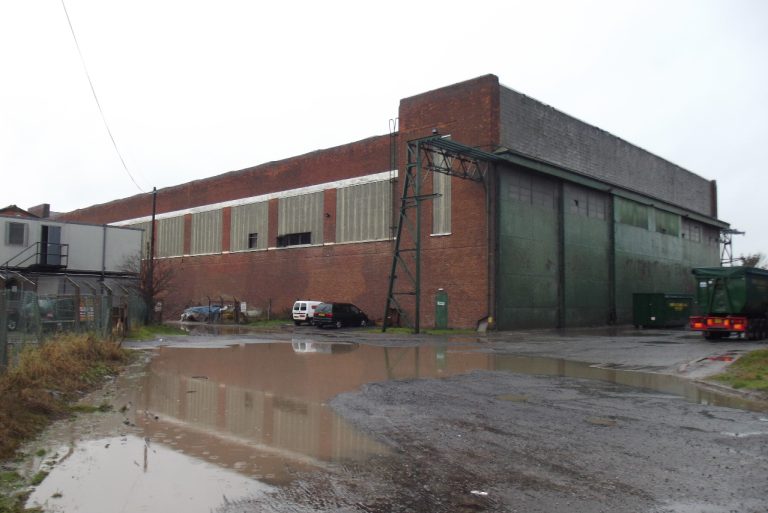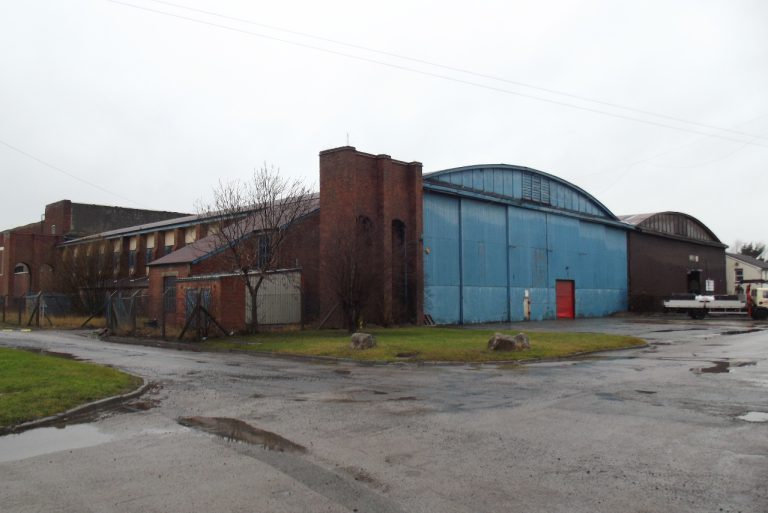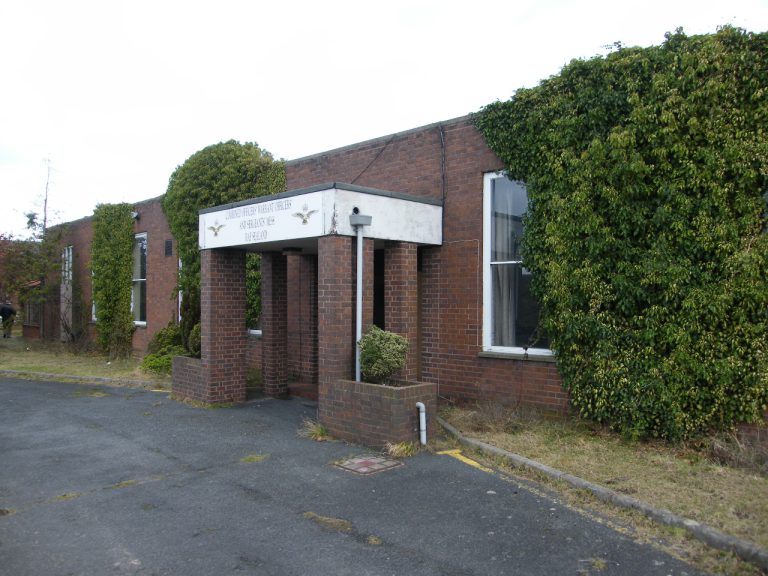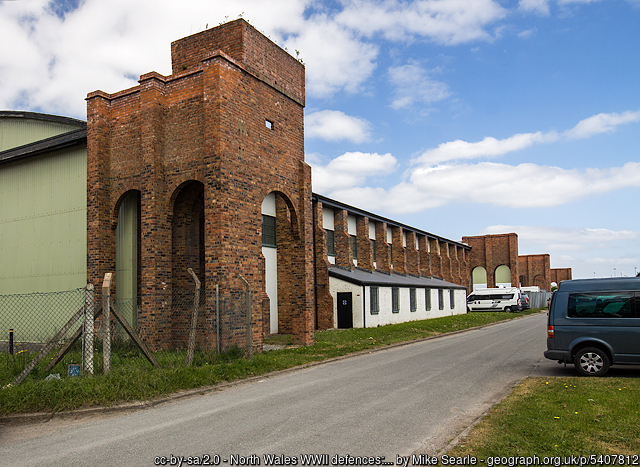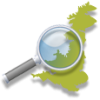Airfield search
Sealand (North & South) (Shotwick)

| Also known as: | Deeside Industrial Estate / North Shotwick / RAF Sealand / RAF Shotwick / RAF Station, Sealand / RFC Shotwick / Sealand Aerodrome |
| County: | Flintshire |
| Current Status: | Industry |
| Date: | 1916 - April 2006 |
| Current Use: | Disused |
| Used By: | RAF / Civil / USAF |
One of Wales’ oldest and longest serving airfields also had surely one of the most convoluted histories of any airfields in Britain, all due to its layout and an enforced change of name. Sealand was originally known as Shotwick and owed its venerable RAF career to a civil training airfield, which opened in 1916. The military soon took over and massively redeveloped the site, adding many more hangars and associated facilities, to create what by 1917 became known as Shotwick. A further twist saw two airfields being planned side by side, split by a railway line, with the northern one for the soon to be RAF and training aircraft of No 51 Training Depot Station. The other airfield to the south was intended to be an Aircraft Acceptance Park for American forces but with the Armistice of November 1918 never reached completion.
Shotwick was most fortunate to survive the 1920s, in fact being the only airfield of any note in Wales for several years. Matters were not helped by one of the most famous (or infamous) name changes involving our airfields as Shotwick had to be known as Sealand from June 1924 onwards due to major administrative confusion with Scopwick in Lincolnshire, which in time became far better known itself as Digby. No 5 Flying Training School formed in 1920 and lasted here for many years, though arguably a more significant event occurred when the RAF Packing Depot arrived in 1929 to handle crated military aircraft. This unit was retitled as No 36 Maintenance Unit in October 1938, having to be renamed again as No 47 MU on 1 May 1940 but which had given more naming problems for Sealand as its previous title looked too much like No 30 MU, formed there less than a year before for aircraft repair.
The airfield was busier than ever during World War Two with its combined MU and flying training roles. Further pre-war construction had taken up so much extra available space that No 5 Service FTS and its Miles Masters needed to transfer to Tern Hill in December 1940, though Nos 19 and then 24 Elementary Flying Training Schools quickly acted as replacements for de Havilland Tiger Moth pilot instruction. Both halves of the airfield saw heavy use for flying, a single hard runway eventually being laid on the northern side which helped No 30 MU to deal with larger aircraft types of the day.
Although aerial activity heavily tailed off in peacetime, especially once No 24 EFTS left for Rochester in March 1946, Sealand survived for many more decades as a most important MU equipment repair and support station. Apart from the USAF employing the airfield during 1951-57 to assist Burtonwood, the RAF remained and No 30 MU returned in 1959 to head other resident Maintenance Units. Part of normal daily duties had now changed to deal with more modern aspects of military aviation such as electronics but in many ways not that much had otherwise changed here. Even flying had not entirely gone away as gliders of what eventually became known as No 631 Volunteer Gliding School stayed from May 1963.
Government cutbacks eventually closed Sealand in April 2006 and ousted its final long serving units. Industrial estate use since then has seen a considerable part of the airfield fairly rapidly cleared but some of the older hangars still stand. There also continues to be a civilian-manned element to support the military to repair and maintain electronics. The landing area for the north airfield, always regarded as the more important of the two, has vanished under commercial buildings but the south airfield – where the post-war gliders operated from right up to the airfield’s closure – is currently untouched. Another part of Sealand’s charm was that its separate areas of the RAF station confusingly altered their names geographically, in that what was the North Camp became the West Camp in the 1930s, to allow for the appearance of the newly-built East Camp.
The following organisations are either based at, use and/or have at least potentially significant connections with the airfield (as at 01/07/2013):
- Puddington & District Parish Council
- Saughall & Shotwick Park Parish Council
Notable Past Associated Organisations:
- Chester Motor Club
- Sealand Railway Station
- Welsh Road Halt Railway Station
ABCT would like to thank the Royal Commission on the Ancient and Historical Monuments of Wales for the use of their images. Find out more here: www.rcahmw.gov.uk and search their database here: www.coflein.gov.uk.
Main unit(s) present:
-
No 2 MU
-
No 3 Aircraft Storage Unit
-
No 4 Personnel Transit Centre
-
No 4 TS
-
No 5 FTS
-
No 5 SFTS
-
No 6 AACU
- No 6 Salvage Section
-
No 10 (Independent) Wing
-
No 16 MU
-
No 19 EFTS
-
No 24 EFTS
-
No 27 Sqn
-
No 30 MU
-
No 36 MU
-
No 47 MU
-
No 51 TDS
-
No 51 TS
-
No 55 Sqn
-
No 55 TS
-
No 57 OTU
-
No 67 TS
-
No 79 Sqn
- No 81 Gp Comms Flight
-
No 90 Sqn
-
No 95 Sqn
- No 96 Sqn
-
No 98 Sqn
-
No 103 Sqn
- No 192 GS
-
No 577 Sqn
-
No 631 GS
-
No 631 VGS
-
No 801 Sqn
-
No 818 Sqn
- No 1531 BAT Flight
- No 2803 Sqn RAF Regiment
-
Deeside GC
-
Maintenance Command Civilian School of Technical Training
-
RAF Packing Depot
Aerial view of Shotwick Aerodrome, 21 April 1921. © Crown copyright: Royal Commission on the Ancient and Historical Monuments of Wales: Aerofilms Collection
Aerial view of Shotwick Aerodrome, 21 April 1921. © Crown copyright: Royal Commission on the Ancient and Historical Monuments of Wales: Aerofilms Collection
WAAF armourers and flight mechanics servicing a Hawker Hurricane at Sealand, 5 May 1943. © IWM (CH 10090)
A formation of Miles Master Mark Is of No 5 Service Flying Training School, flown by volunteers for No. 71 (Eagle) Squadron RAF, flies past a press audience at Sealand. © IWM (CH 1477)
Aerial view of Sealand airfield, c. 1980. © Dave Welch
Looking across Sealand airfield, 11 August 2005.
Airfield buildings at Sealand, 2012. Courtesy of the Clwyd-Powys Archaeological Trust
A Belfast hangar at Sealand, 2012. Courtesy of the Clwyd-Powys Archaeological Trust
A Belfast hangar at Sealand with the Flight Group Commander's Office in the foreground, 2012. Courtesy of the Clwyd-Powys Archaeological Trust
A barrack block at Sealand, reported demolished in May 2012. Courtesy of the Clwyd-Powys Archaeological Trust
A parachute store at Sealand, 2012. Courtesy of the Clwyd-Powys Archaeological Trust
An office block and later Station Headquarters building at Sealand, 2012. Courtesy of the Clwyd-Powys Archaeological Trust
A workshop at Sealand, 2012. Courtesy of the Clwyd-Powys Archaeological Trust
Type C hangar at Sealand, 2012. Courtesy of the Clwyd-Powys Archaeological Trust
A Belfast hangar at Sealand, 2012. Courtesy of the Clwyd-Powys Archaeological Trust
The sergeants' mess at Sealand, 2012. Courtesy of the Clwyd-Powys Archaeological Trust
A light anti-aircraft gun battery on the corner of a hangar at Sealand, 8 May 2017.
| Relief Landing Ground(s): | |
| Decoy Airfield(s): |

